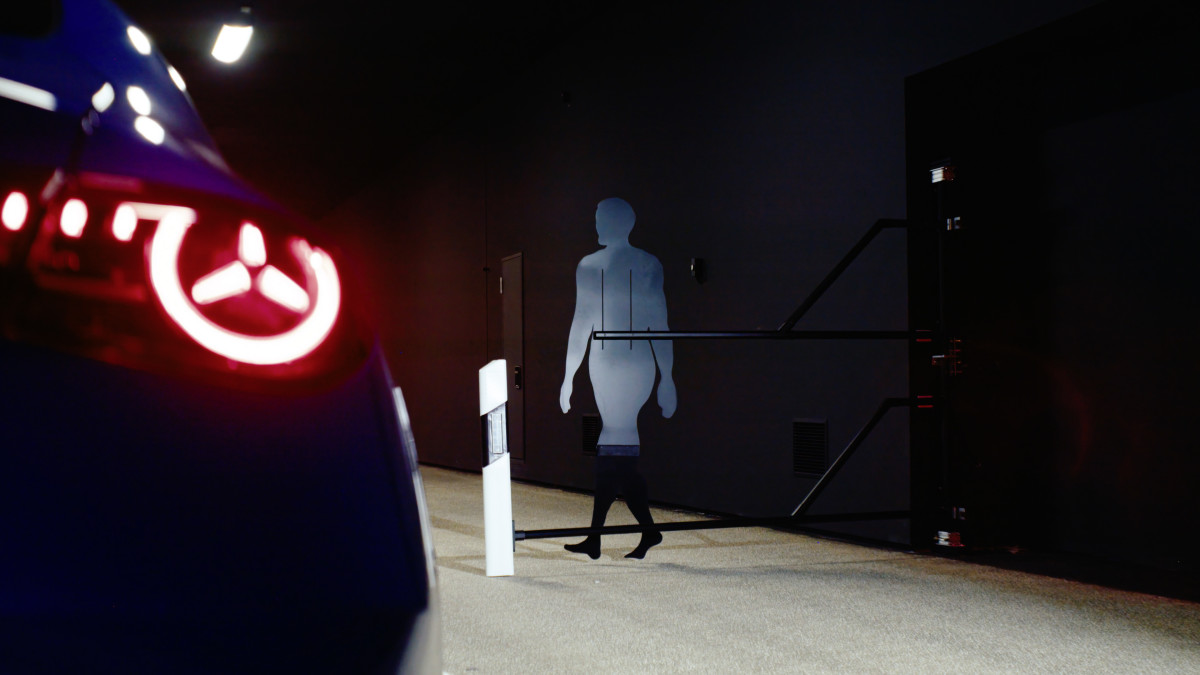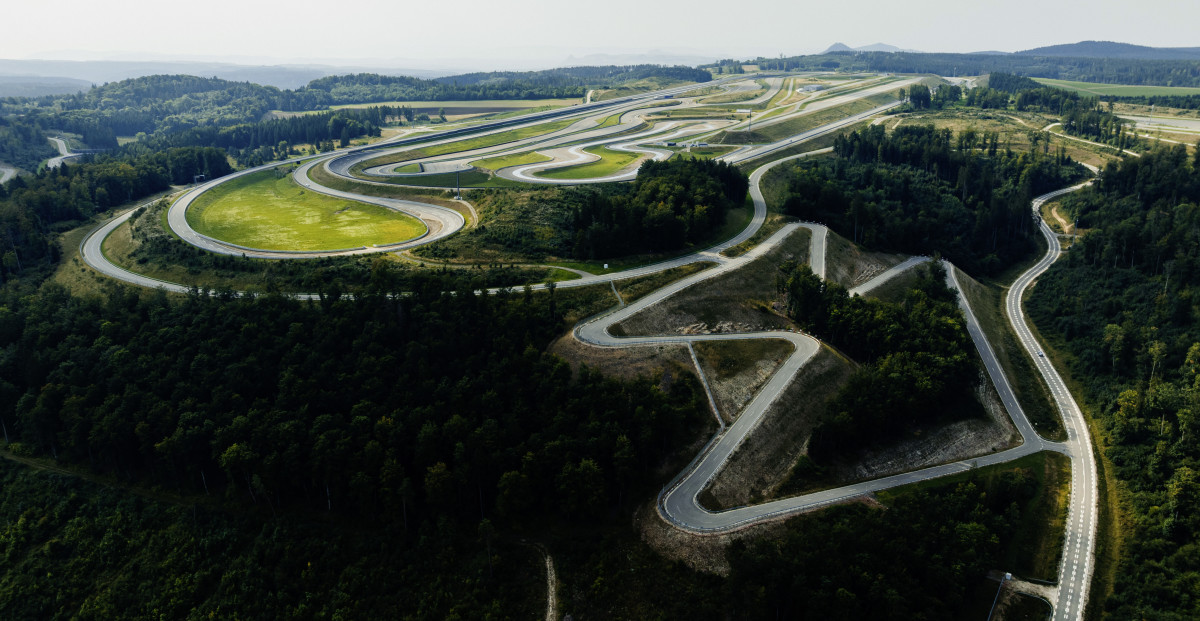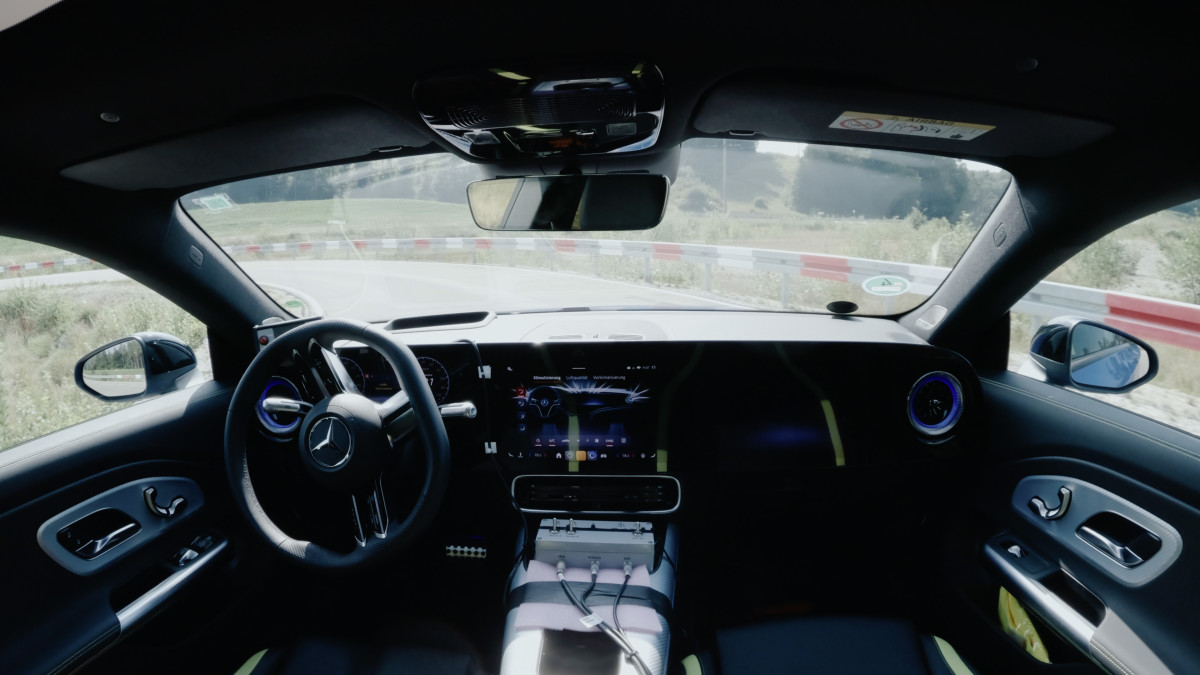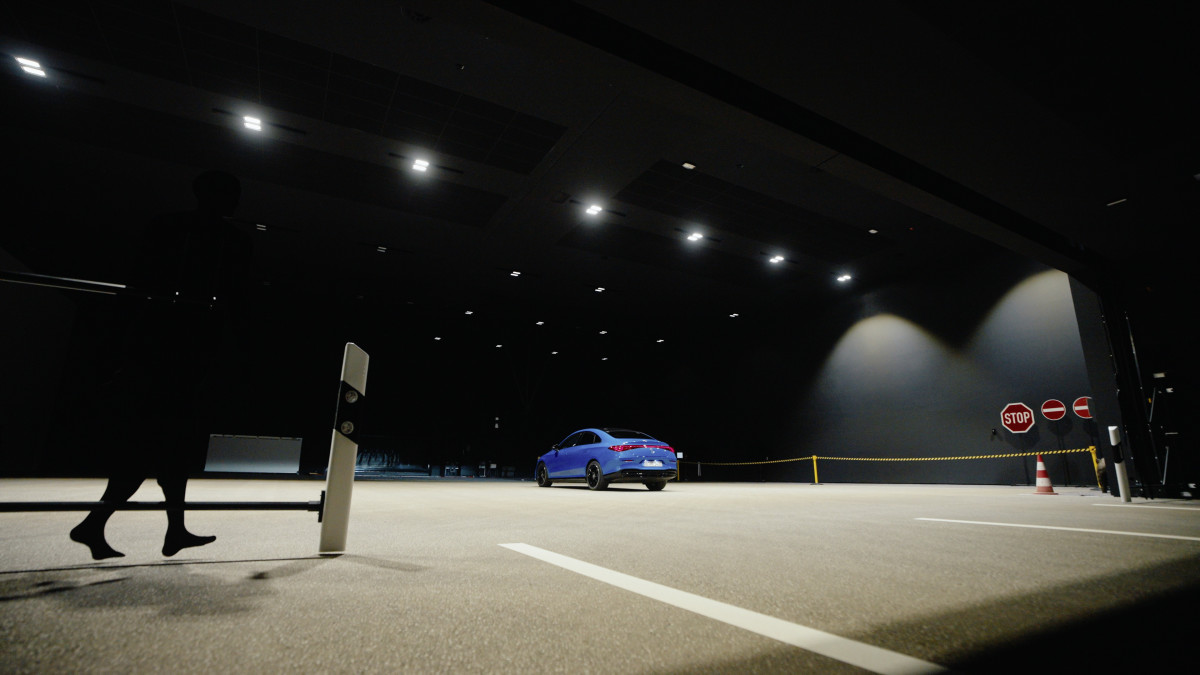Driving at night can be scary, but it doesn’t have to be
When you think about cutting-edge automotive technology, headlights probably aren’t the first thing that comes to mind. After all, most drivers think about them when they turn them on when it gets dark outside, and when they turn on their high-beams when it gets a little too dark for comfort.
Anyone who’s driven down a dark, rural road at night knows the scary feeling it could be. The view outside the windshield shrinks to two beams of light pointing towards near-total darkness. Every curve feels like a mystery, and every glimpse into the abyss could be anything, another car or even a deer. Headlights are the only lifeline between the driver and the darkness, and for Mercedes-Benz, that makes them worth obsessing over.
However, Mercedes-Benz is betting big on headlight technology, as it’s investing heavily in a massive new facility that can revolutionize how we think about what’s in front of our cars. In a recent statement, the German luxury automaker announced that after two years and €10.5 million, it just opened what it’s calling “Europe’s most advanced light testing center," an absolutely enormous facility at its sprawling Global Proving Ground in Immendingen, Germany.

Mercedes-Benz
A giant nighttime driving simulator
The Light Testing Center is a massive building located within the proving ground, measuring 443 feet long and 26 feet high, and designed to simulate the nighttime driving experience without Mercedes-Benz engineers having to set foot outside. Inside, Mercedes has recreated a full-scale country road, complete with custom asphalt that mimics the reflective qualities of a well-worn, heavily traveled surface. Here, engineers can test up to five cars at once, and can add testing variables that range from simulated oncoming traffic to reflective posts and pedestrian dummies stepping out into the street when you’re least expecting it.
The idea is pretty simple: it sought to create the largest indoor controlled environment possible. By testing indoors, Mercedes engineers can test their headlights without having to wait for dusk, and they don't have to worry about rain or fog. Whether conditions call for it to be pitch black or the soft light of dawn outside the car, the engineers can recreate it instantly, ensuring that a headlight’s performance is measured with absolute precision.

Mercedes-Benz
More than just headlights
Of course, headlights aren’t the only thing that Mercedes tests at the Immendingen proving grounds. The facility as a whole is huge. Located on a former military facility, the proving grounds span across 1,285 acres and feature nearly 53 miles of road-simulating closed courses. It’s a miniature world built to be a research and development specialist’s idea of paradise, featuring mountain passes with steep grades, roads with replicas of U.S., European, Chinese, and Japanese road markings, and even an “artificial sun” to simulate blinding low light. Roughly 80% of what Mercedes used to test out in the real world now happens here, reducing emissions, costs, and precious development time.
One of the highlights of the Immendingen proving grounds is the infamous Heide durability circuit, a punishing, rough-road track that is now navigated entirely by autonomous systems that steer test cars over potholes, cobblestones, and bumps, replicating thousands of miles of abuse with inhuman consistency. One lap here equals about 150 miles of “real-world” punishment, compressing years of wear into just weeks of testing. For Mercedes engineers, it means faster, more accurate results; for human drivers, it means they’re spared from countless hours of uncomfortable, back-breaking jolts.

Mercedes-Benz
But while the technology on-site is cutting-edge, the maintenance of the grounds is pretty old-fashioned. Mercedes has animals on-site, like sheep to graze the grass and prevent overgrowth, while llamas keep predators away.
In addition to the futuristic features of the proving grounds is something that Mercedes calls the “digital twin.” Every test module, including the headlight lab, is mirrored in a hyper-detailed digital model, where engineers can simulate thousands of variations before a prototype even hits the road. For headlights, that means experimenting with dozens of adaptive beam patterns virtually, then validating only the most promising setups in the physical lab.
"The Immendingen Test and Technology Center is the first digitized Mercedes-Benz proving ground – here, real and virtual vehicle testing merge seamlessly,” Mercedes-Benz Chief Technology Officer Markus Schäfer said. “By digitally mapping the proving ground, using automated test programs and employing state-of-the-art sensor technology, we are making vehicle development more efficient, faster, and more sustainable than ever before."

Mercedes-Benz
Final thoughts
At first glance, building a massive lab just for headlights might sound a little overkill. However, modern lighting systems, especially those in Mercedes-Benz models, are tasked with much more than illuminating the road ahead. They can automatically adjust to avoid blinding oncoming drivers, highlight pedestrians, adapt to changing weather conditions, and even project helpful markers onto the pavement.
To ensure these features are safe and reliable, Mercedes needs a testing environment where no variable is left to chance. In the end, Mercedes’s new light testing center is about more than visibility. For drivers, it can mean safer night driving and headlights that feel less like bright, blunt instruments and more like intelligent guides through the dark.


